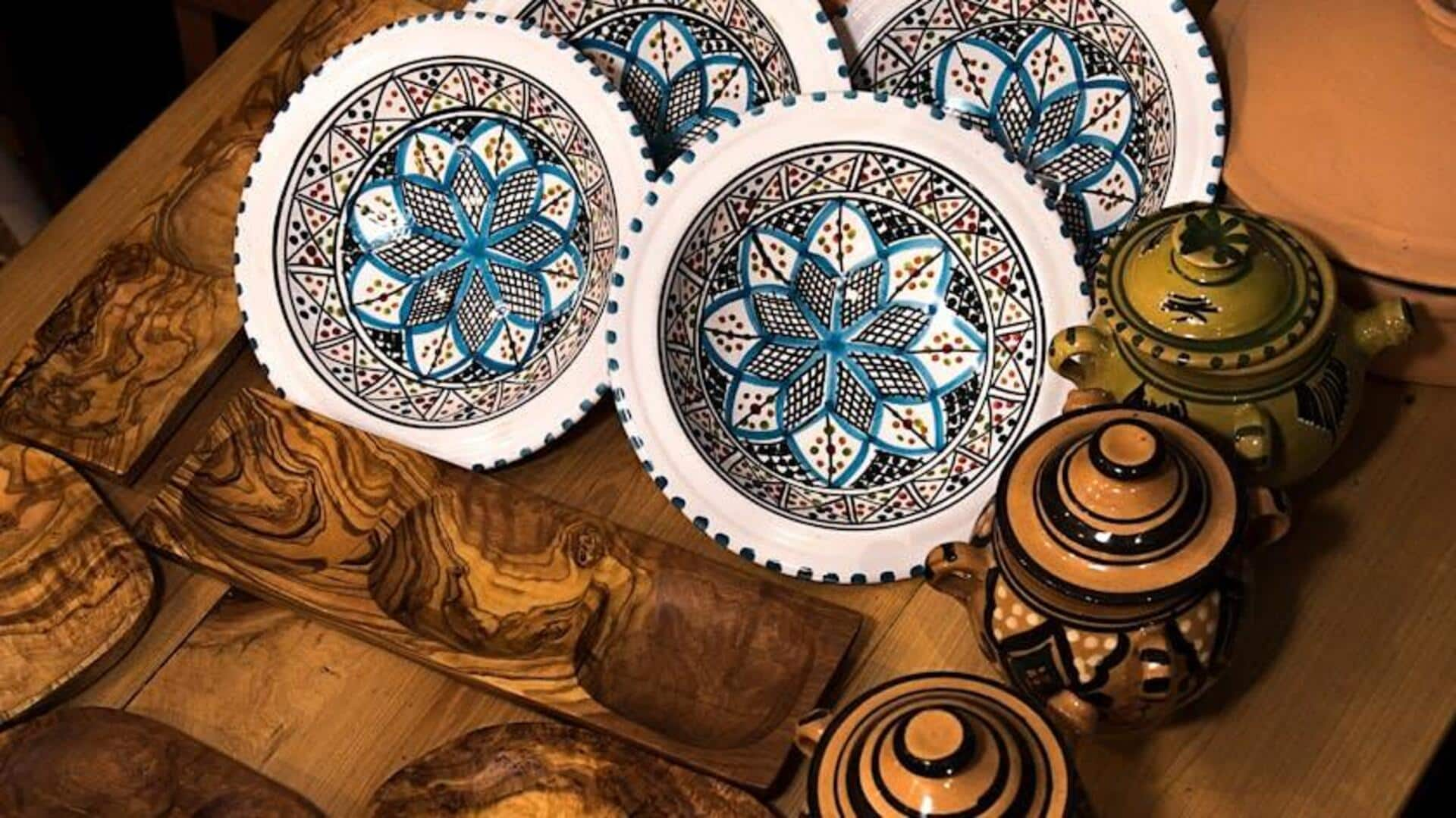
How African artists are reviving lost art forms
What's the story
Notably, African artists are slowly but surely getting their due for their efforts in bringing back lost art techniques to the contemporary global art scene.
Not only are they preserving culture, but also adding a modern touch to it, which the world cannot help but appreciate.
They are narrating a unique story by combining traditional and modern aesthetics, and breaking all art conventions.
Pottery revival
Rediscovering ancient pottery methods
Many African artists are exploring ancient pottery techniques, giving new life to this age-old craft.
By studying historical artifacts and working with local artisans, they've been able to recreate traditional pottery styles using indigenous materials.
This revival has piqued the interest of collectors and museums the world over, leading to a newfound appreciation for these intricate designs.
Textile techniques
Textile art: Weaving the past into present
Textile art is another field where African artists are making giant strides by reviving traditional weaving and dyeing techniques.
These methods commonly use natural dyes from plants, giving vibrant colors that pop in today's world.
The revival of these practices has not just kept culture alive but also offered sustainable options to factory-produced textiles.
Sculpture insights
Sculptural innovations from traditional roots
Sculpture is also undergoing a renaissance as African artists blend traditional carving techniques into modern forms.
Using locally sourced materials like wood and stone, these artists create pieces that are both historically significant and contemporary relevant.
Their work often delves into themes of identity, community, and resilience, resonating deeply with diverse audiences.
Painting fusion
Painting techniques: Bridging old and new worlds
In painting, African artists are blending ancient techniques with modern styles to create stunning works of art.
They take cues from traditional motifs but experiment with new mediums such as acrylics or digital tools.
This fusion leads to dynamic compositions that challenge viewers' perceptions of time-honored practices in a modern context.